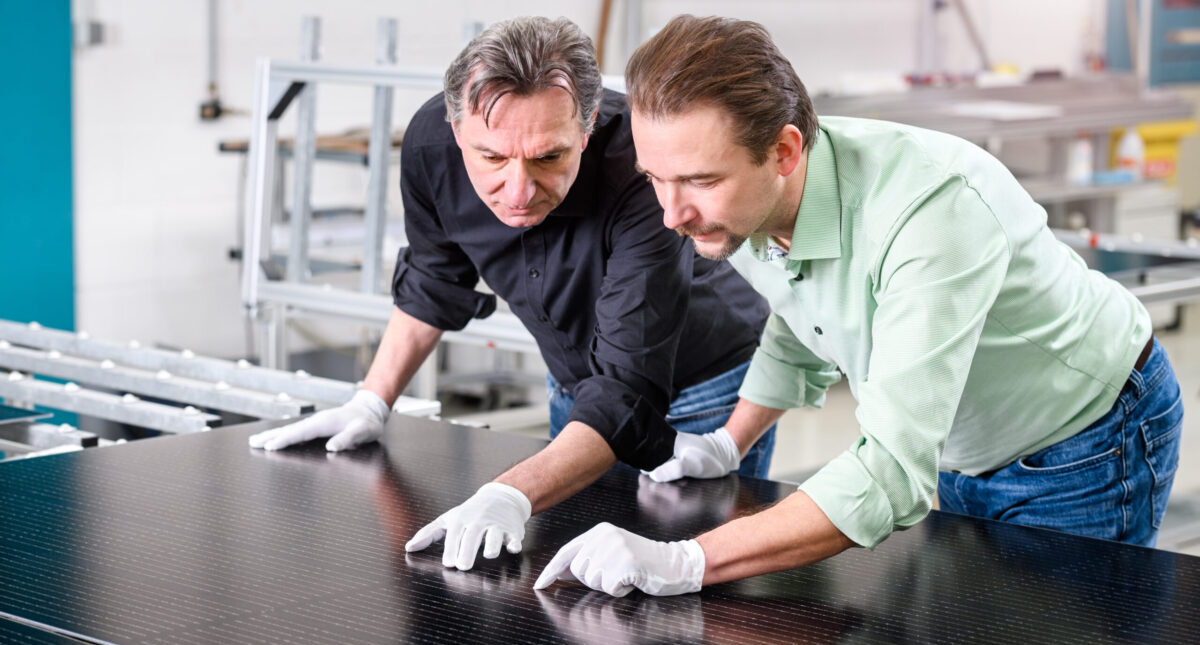Pete UK
Member
The cross charging wasn't there for me with the Gen1 Inverters, I believe I had the system set up completely independent to try an eliminate any chance.
It was working very well, the East would charge its battery via the associated inverter and the same via the West. The only down side was if you had better weather in the morning or afternoon, you potentially would have reduced charging to the affected battery, but in my case the panels are on flat roof areas at 10 degrees and do continue to generate all day ( although at a slightly reduced rate in comparison to the favoured side).
Once I had the Gen1's swapped out to Gen2's at the beginning of this month I noticed two issues. First is related to cross charging, whereby if one battery is at a higher capacity of charge it will begin to discharge to supplement the lower one. This can to and fro, the main problems being there will be losses and unnecessary 'wear' on the batteries being cycled.
The second issue I found, which I don't think is a problem and more of a benefit as far as I can see, either the East or West ( or both) can now charge either battery. The only problem, in my opinion is that it must be going from DC to AC and back to AC again which will also involve some losses.
To note, this was a like for like swap out so the changes in behaviour could only be in relation to the firmware ( of which I am on the latest beta for testing) and likely related to some form of AC monitoring that the Gen1's didn't have.
Both of mine are hybrid inverters, the cross charging is seen on both AC and hybrid multiple inverter set ups and apparently the AC inverter is priority for the EMS with the hybrid to follow at some point.
The software options, which I believe work very well and I'm likely to pursue myself in the short term are via Givenergy GivTCP. Facebook have a page, and have scripts ready to run to download - you just have to add some of your own details and use a raspberry Pi or something similar to operate. Link as follows:
Log into Facebook
Log into Facebook to start sharing and connecting with your friends, family, and people you know.www.facebook.com
Thanks for that explanation. Very interesting.
So they were independent on the Gen 1’s but now somehow they can cross charge with the Gen 2’s. Presumably that’s to do with the Gen 2’s BMS firmware. Or the inverter firmware?
So for either or both inverters to now charge one battery or the other, they must both be connected to both batteries or it sounds more like one is discharging back through its inverter to the consumer unit to charge the other one (which would incur conversion losses.) Or more likely, could it just be that one inverter is charging one battery and the other inverter is not charging it’s battery and just putting the power to the consumer unit which is then charging the other battery? Either way sounds non-ideal.
Ideally they should charge non-evenly from the respective inverter and then do that when one of the batteries get full only. That would be most efficient.
Does this happen with all set ups like this or just a few?
Keep us all updated if anything changes.



